Rumours by Fleetwood Mac
Buy Rumours It took the band Fleetwood Mac ten albums and many lineup shifts to achieve mainstream commercial success, but the group got there with their 1975 eponymous release. This was the first […]
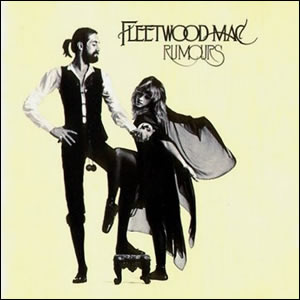
Buy Rumours It took the band Fleetwood Mac ten albums and many lineup shifts to achieve mainstream commercial success, but the group got there with their 1975 eponymous release. This was the first […]
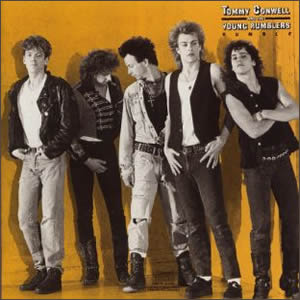
Buy Rumble Tommy Conwell and the Young Rumblers, a popular Philadelphia area “bar band”, caught the attention of Columbia Records when their 1986 independently released album, Walking on the Water, sold very well […]
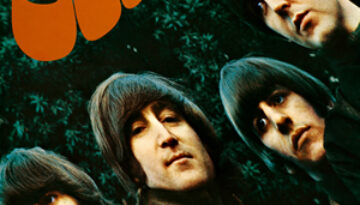
Buy Rubber Soul As the years have gone by, Rubber Soul has distinguished itself more and more from the “typical” early album by The Beatles. While the 14 selections remain pretty much bright […]
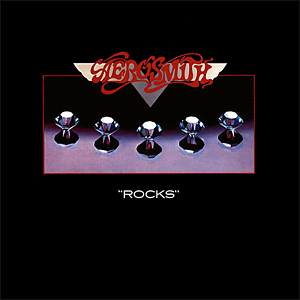
Buy Rocks We commence our look at 1976 with a review of the fourth of four great albums by Aerosmith that launched their career during their classic period of the 1970s. Starting with […]
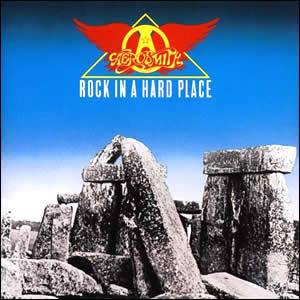
Buy Rock In a Hard Place Rock In a Hard Place is considered by some to not be a “real” Aerosmith album because it is the only one to not include all five […]
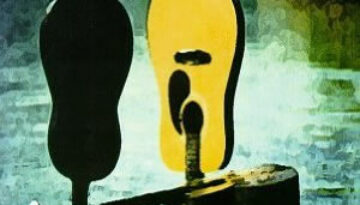
Buy River Songs After honing their sound for half a decade, The Badlees found their first real commercial success with River Songs. Originally released as the quintet’s third independent studio album in early […]
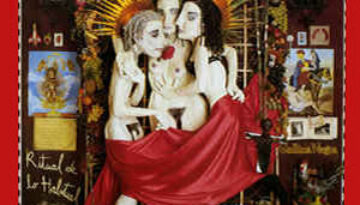
Buy Ritual de lo Habitual Released in the summer of 1990, Ritual de lo Habitual was the third overall album and second studio release by Jane’s Addiction. This critically acclaimed album was at […]

Buy Ritchie Blackmore’s Rainbow Originating as a side project for Ritchie Blackmore while he was still the guitarist for Deep Purple, Ritchie Blackmore’s Rainbow turned out to be the debut studio album for […]
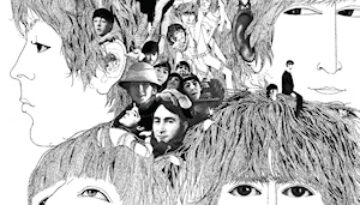
Buy Revolver As many times as I’ve heard someone say they love The Beatles, I have heard someone else say they think they are overrated. To a generation of listeners raised in the […]
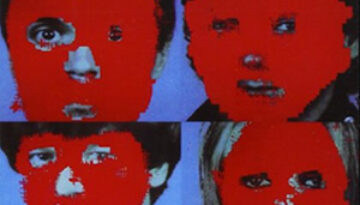
Buy Remain In Light Remain In Light is far from your typical rock album. In fact, a case might be made that it is not really a rock album at all. However, this widely […]